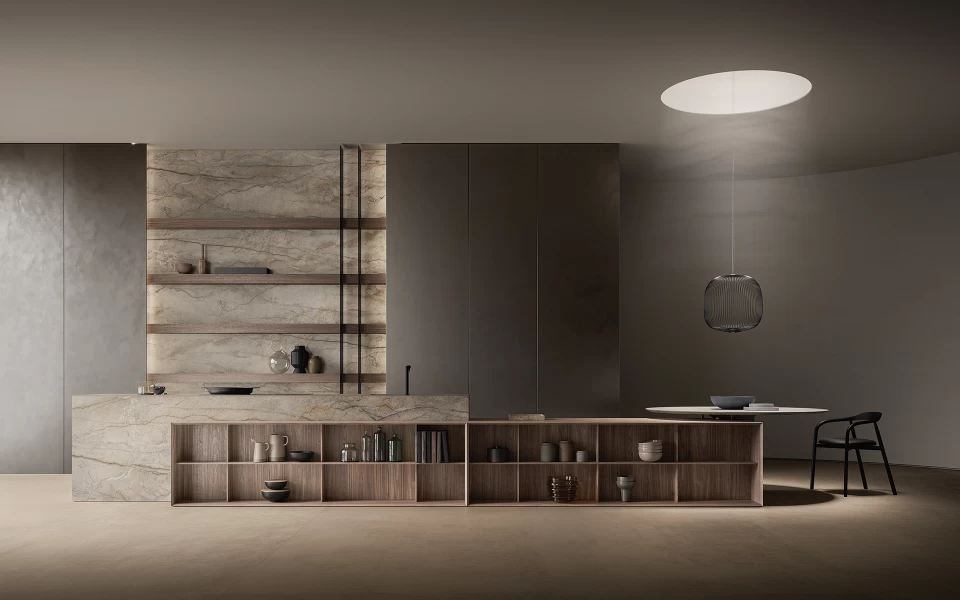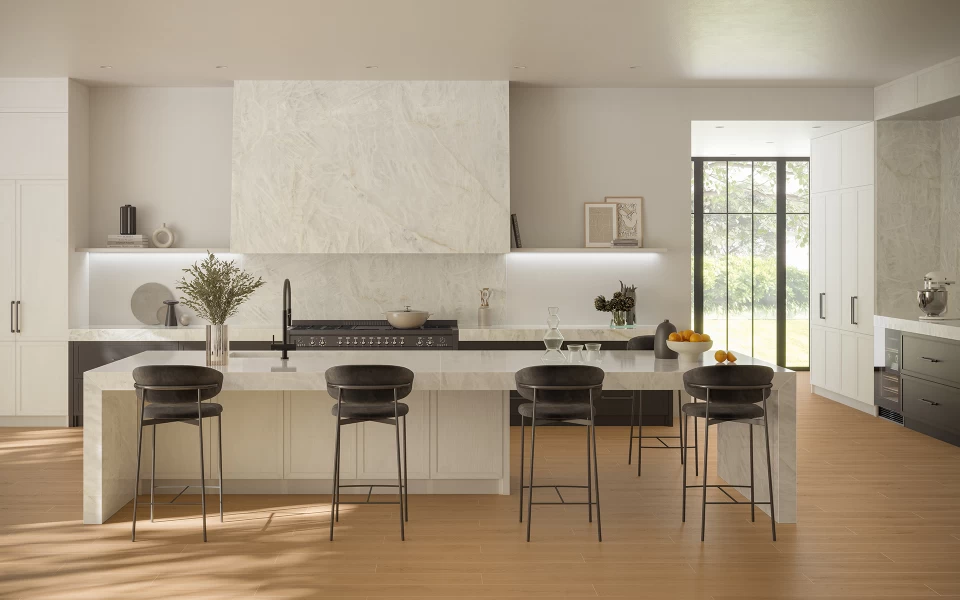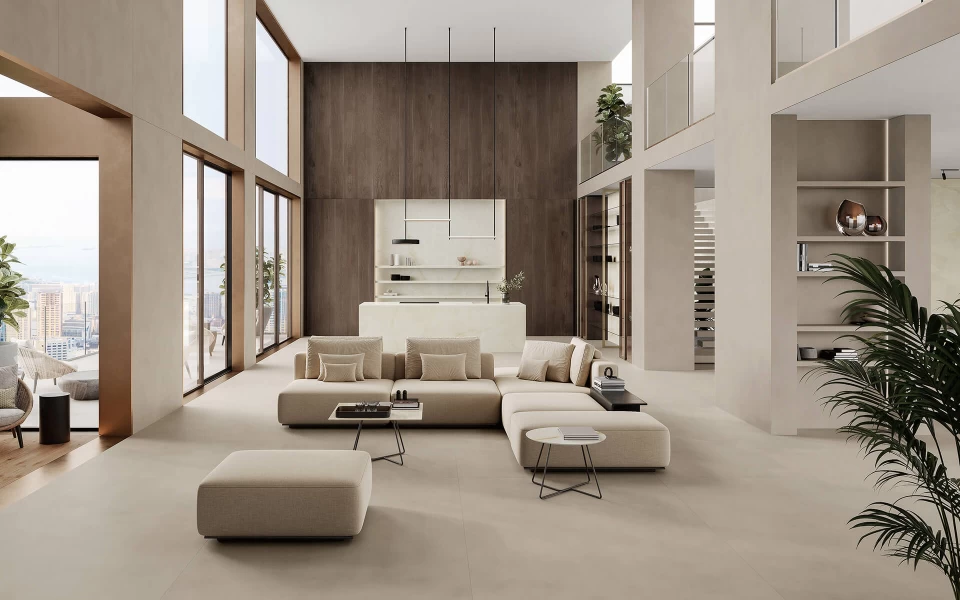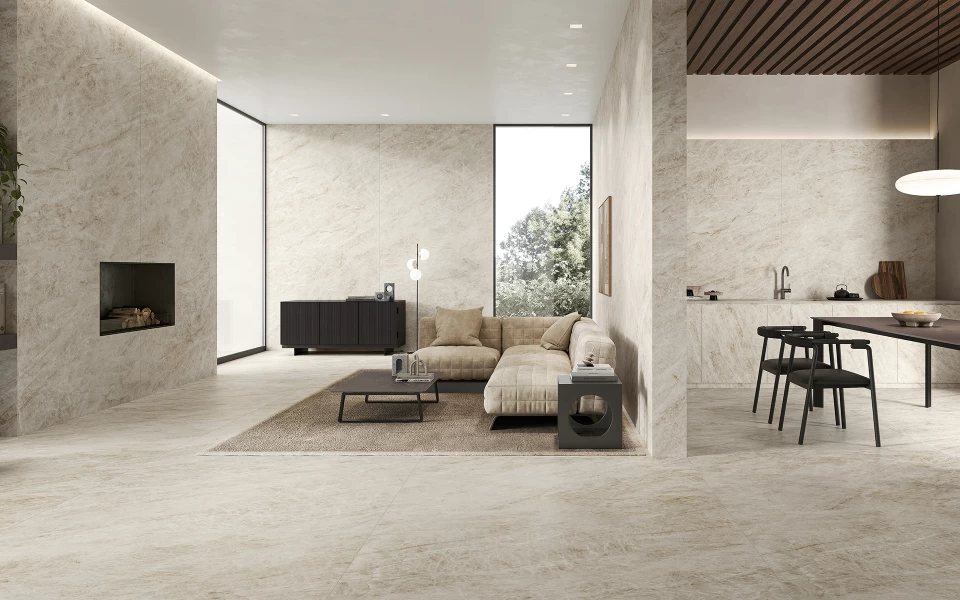





Kitchen Kitchen Splashback: The All-Round Guardians for Wall Protection
Waterproof Panels: A Vital Barrier for Wall Protection
The Unique Significance of Kitchen Splashbacks in Different Kitchen Types
Small Kitchens: Balancing Space Utilization and Practicality
L-shaped Kitchens: Optimizing Layout and Functional Zoning
Open Kitchens: Integrating Beauty and Practicality
Kitchen Storage Systems, Sinks, and Kitchen Islands: Creating an Efficient and Convenient Kitchen Space
In kitchen design, storage systems, sinks, and islands must balance practicality with spatial aesthetics: A well-planned three-dimensional storage system using cabinets, wall cabinets, and drawers organizes tableware, utensils, and ingredients for easy access; sink selection should consider material properties like stainless steel (corrosion-resistant and easy to clean) or quartz (beautiful and high-hardness), paired with installation methods (top-mount, under-mount, or flush-mount) that suit the kitchen layout; as the core of open kitchens, islands integrate sinks, stoves, and other appliances into multi-functional work areas, while also serving as preparation tables, dining spots, or transitional spaces to the living area. Their built-in storage further frees up wall and floor space. Together with waterproof panels, these elements form a fully functional, smoothly flowing kitchen environment.
In conclusion, kitchen waterproof panels are indispensable for wall protection in all kitchen types. Coupled with well-planned storage systems, appropriately selected sinks, and thoughtfully designed islands, they create an efficient, convenient, and beautiful kitchen space – allowing us to enjoy cooking while maintaining a comfortable, tidy environment.

